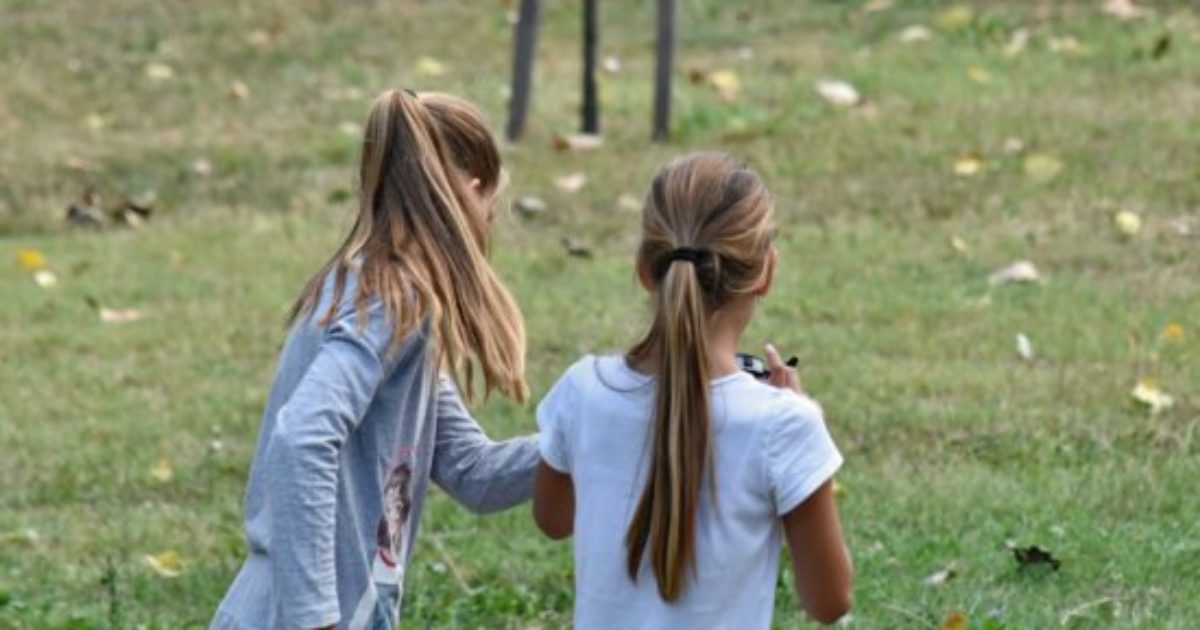An American Academy of Pediatrics (AAP) “puberty guide” created for children ages 9-12 teaches them that girls can get erections and boys can experience menstrual cycles.
Promoted by NPR, “You-ology: A Puberty Guide for Everybody” is meant to “take the embarrassment out of growing up.”
Talking about puberty can be awkward for any kid. A new book tries to take the embarrassment out of growing up — while being inclusive of every body on the gender spectrum.https://t.co/rXbGaH03Uz
— NPR (@NPR) April 26, 2022
A new puberty guide for kids aims to replace anxiety with self-confidence https://t.co/SFcEjmqdLY
— NPR Health News (@NPRHealth) April 23, 2022
The American Academy of Pediatrics last week published You-ology: A Puberty Guide for Everybody, a book intended for girls, boys, and non-binary pre-teens.
Via @NPR https://t.co/5ptCml8gVp
— MedPage Today (@medpagetoday) April 25, 2022
From NPR:
The authors of a new book on puberty had trouble coming up with a name. The guide to growing up, for pre-teens 9 to 13, is written for all kids – girls, boys, nonbinary youth. It’s inclusive of the gender spectrum and the trans experience.
Titles like “Hello Hairy,” and “The Rollercoaster Called Puberty” weren’t cutting it, says Dr. Kathryn Lowe, one of the book’s three co-authors, who are all physicians and parents.
They settled on You-ology: A Puberty Guide for Everybody. The slim, 150-page guide, published Tuesday by the American Academy of Pediatrics, is one a handful of recent puberty books that aim to be more inclusive. It explains body parts and how they change in clear, accessible ways, while assuring kids that there’s a wide range to what is normal. Big feelings, big questions and growing faster or slower than other kids are all part of it.
“We talk about how every body is different,” Lowe says, “Breasts can come in all different shapes and sizes. We try to normalize the variety of [ways] the human body goes through puberty and how there is no one right way.”
Infowars reported:
One of the book’s three co-authors, Dr. Kathryn Lowe, told NPR, “We talk about how everybody is different. Breasts can come in all different shapes and sizes. We try to normalize the variety of [ways] the human body goes through puberty and how there is no one right way.”
Lowe is a pediatrician who specifically helps the AAP with “lesbian, gay, bisexual, transgender health and wellness.”
Explaining how the book differs from similar literature, Lowe said, “With traditional puberty education, whether it’s in schools or in books, we talk about how girls get their periods and boys get erections. But some girls – for example, transgender girls – might not get their periods. They need to understand about erections and those changes in their bodies.”
To make the language more inclusive, the authors chose to write, “for most girls, this happens; for most boys, this happens.”
Cisgender, transgender and nonbinary child characters were also used in the book to better relate with kids who identify as those things.
“Most babies who are born with a penis grow up feeling like a boy on the inside too. That’s called being cisgender (cis- means ‘same’),” the guide tells young children. “But there are some babies born with a penis who grow up feeling like a girl on the inside. That’s called being transgender (trans- means ‘cross’ or ‘opposite’).”
One America News covered the response from parents who are upset with the book.
“This is all a radical gender ideology and sexual orientation ideology mixed into one and they’re coming right for our kids where they’re most vulnerable, in our public school systems,” American Principles Project President Terry Schilling said.



Join the conversation!
Please share your thoughts about this article below. We value your opinions, and would love to see you add to the discussion!